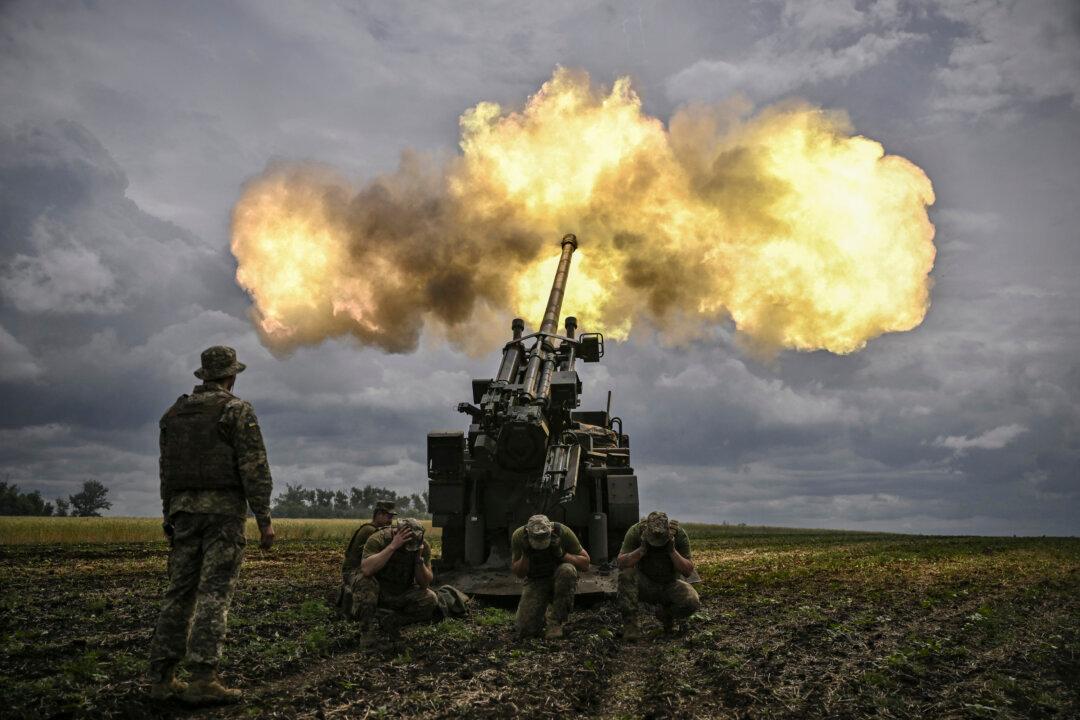Commentary
2023 isn’t 1914 and 1915. In two contemporary wars—Ukraine versus Russia and Israel versus Hamas/Hezbollah/Houthi Iran—history is not repeating World War One’s first two appalling years. The slaughters on Europe’s eastern and western fronts—and later in the Middle East—were so immense our moment on the planet still confronts their history-shaping consequences.





